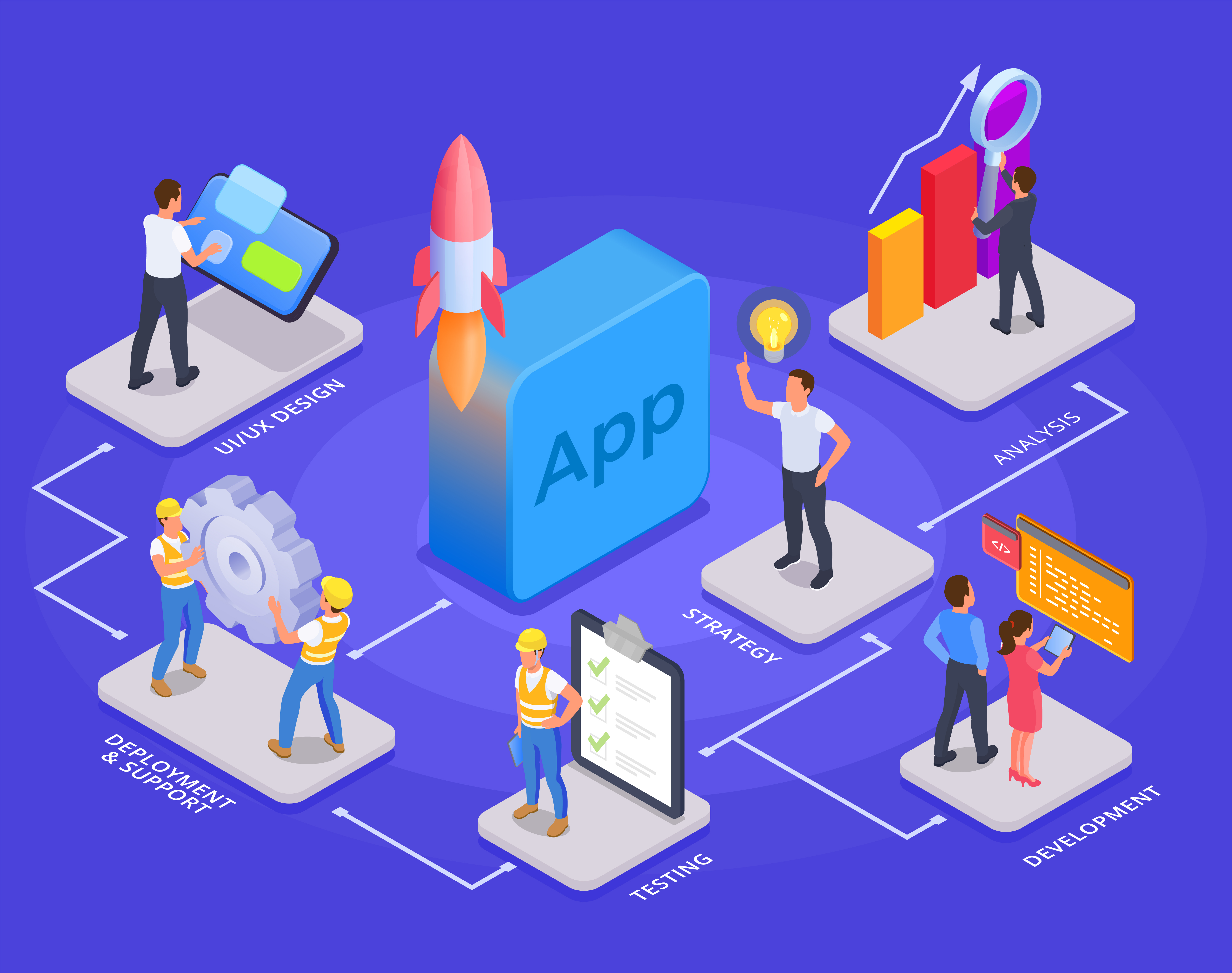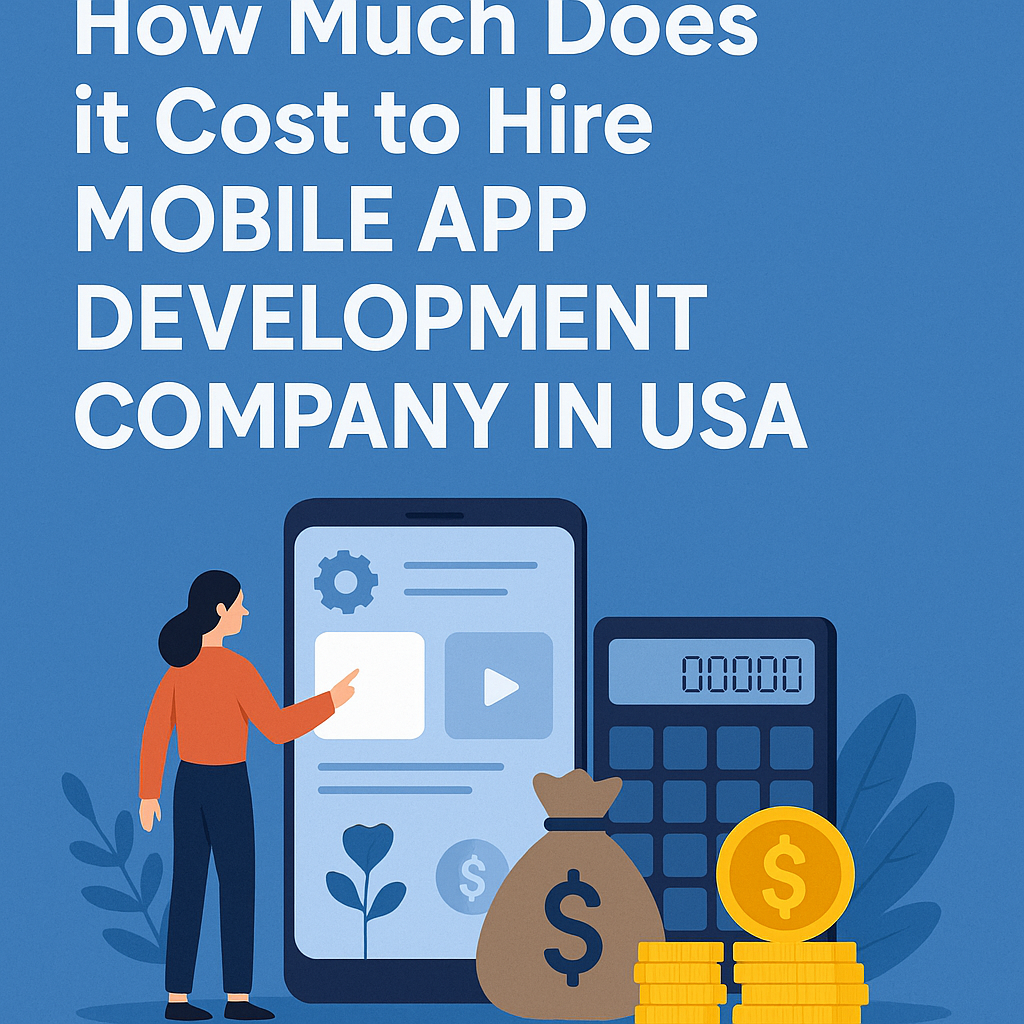How to Get Started with mCommerce App Development

Strong 8k brings an ultra-HD IPTV experience to your living room and your pocket.
In the fast-paced digital world, mobile commerce, or mCommerce, is rapidly reshaping how consumers shop and interact with brands. The convenience of browsing, selecting, and purchasing products right from a smartphone has turned mCommerce app development into a necessity for modern businesses.
✍️ Building an app is more than just writing code—it requires planning, design, testing, and maintenance. Learn how the app development lifecycle works and why businesses rely on modern frameworks to stay competitive.
If you're a startup, retailer, or entrepreneur looking to enter the mobile commerce space, this step-by-step guide will walk you through how to plan, design, and build a successful mCommerce app.
1. Understand the mCommerce Landscape
Before you dive into mCommerce app development, it's important to understand what mCommerce includes. It goes beyond online shopping — encompassing mobile banking, in-app payments, ticketing, location-based services, and even augmented reality.
The global shift to mobile shopping is evident. According to Statista, over 70% of online sales are expected to come from mobile devices by 2025. This is why businesses are investing heavily in mCommerce app development to gain a competitive edge.
2. Define Your App’s Purpose and Business Model
Start by identifying the core purpose of your app. Is it
A B2C product store?
A marketplace connecting buyers and sellers?
A subscription-based shopping service?
A mobile-first extension of your physical retail store?
Also, choose a business model: freemium, subscription, commission-based, or direct sales. The right strategy ensures your app provides value to users while generating revenue.
3. Choose the Right Features
The success of mCommerce app development largely depends on selecting the right set of features. Essential features include:
User-friendly UI/UX
Secure sign-up/login
Product catalog with search and filters
Cart and checkout system
Multiple payment options (UPI, cards, wallets, etc.)
Push notifications
Order tracking and history
Customer support integration
Advanced features you can consider:
AI-based product recommendations
AR for product visualization
Voice search
Chatbots for instant support
Loyalty programs and referral systems
4. Choose Between Native or Cross-Platform Development
The next step in mCommerce app development is choosing the right technology stack. You have two main options:
Native Apps: Built separately for iOS and Android using Swift and Kotlin. Offers superior performance and user experience.
Cross-Platform Apps: Use frameworks like Flutter or React Native to build apps for both platforms from a single codebase. Faster and more cost-effective.
Your choice should depend on your budget, timeline, and performance expectations.
5. Focus on Security and Compliance
Security is a non-negotiable aspect of mCommerce app development. You’ll be handling sensitive user data, payment information, and personal details. Ensure:
End-to-end encryption
PCI-DSS compliance for payments
GDPR compliance for data handling (if serving European users)
Multi-factor authentication (MFA)
6. Integrate Scalable Backend and APIs
Your mCommerce app must be backed by a powerful and scalable backend system that can handle real-time transactions, user queries, and analytics.
Use cloud-based solutions (AWS, Firebase, Azure)
Integrate third-party APIs for payments, shipping, SMS, analytics, and customer support
Maintain clean database architecture for user and product data
7. Test Rigorously Before Launch
One of the most important stages in mCommerce app development is testing. Perform:
Functional Testing: Ensure all features work properly
UI/UX Testing: Check for usability and navigation issues
Security Testing: Validate encryption and payment security
Performance Testing: Test under various load conditions
Cross-platform Testing: Ensure smooth operation on various devices and OS versions
8. Launch, Monitor, and Optimize
Once your app is live on Google Play Store and Apple App Store, the real journey begins.
Monitor usage analytics using tools like Firebase, Mixpanel, or Amplitude
Gather feedback from early users and fix bugs quickly
Continuously roll out updates with new features, performance improvements, and security patches
9. Promote Your App
You can't just build it and expect people to come. Use:
App Store Optimization (ASO)
Social media marketing
Paid ad campaigns
Influencer partnerships
Referral and loyalty programs
Final Thoughts
Investing in mCommerce app development is a strategic move to stay relevant in today’s mobile-first world. By understanding user needs, incorporating the right technologies, and focusing on security and experience, you can create an app that drives growth and engagement.
Whether you're building your first app or expanding your digital presence, the time to go mobile is now.
Note: IndiBlogHub features both user-submitted and editorial content. We do not verify third-party contributions. Read our Disclaimer and Privacy Policyfor details.







